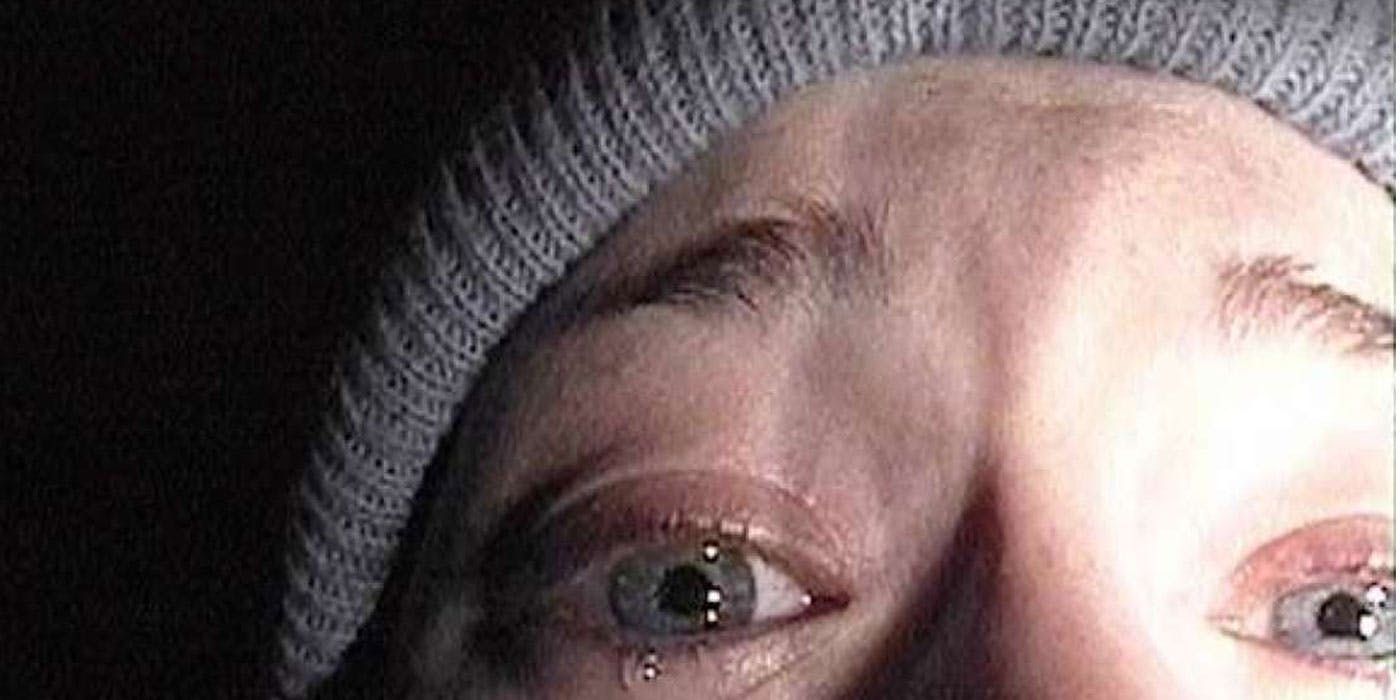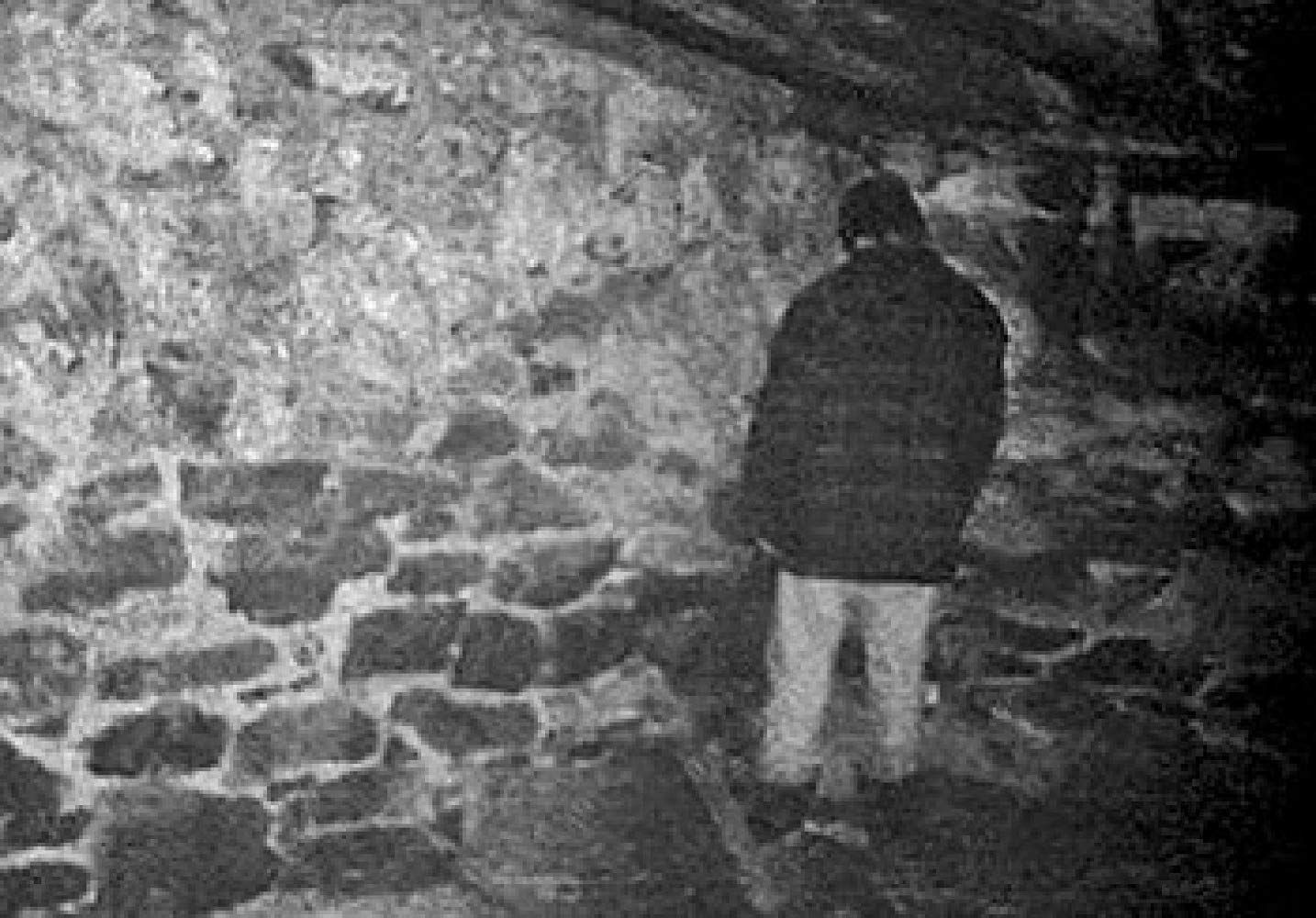This month marks the 20th anniversary since the landmark horror film The Blair Witch Project premiered at Sundance Film Festival, on Jan. 25, 1999. Made on a shoestring production budget in the backwoods of Maryland by an amateur cast and crew, the indie movie earned nearly $250 million at the worldwide box office and garnered widespread acclaim, currently holding a critics' score of 87 percent on review aggregate site Rotten Tomatoes.
But more than becoming an unlikely runaway commercial and critical success, the low-budget horror movie challenged the limitations of both horror films and the traditional constraints of the cinematic medium itself, changing them forever. With its strong adherence to verisimilitude and guerrilla promotional campaign, the film also serves as a major early example of viral marketing, years before the advent of mainstream social media.
RELATED: A Quiet Place Is the Most Innovative Horror Film Since Blair Witch Project
Written and directed by recent University of Central Florida film school undergraduates Daniel Myrick and Eduardo Sanchez, the film follows fictional film students Heather, Mike and Josh attempting to film an amateur documentary about the Blair Witch, a local legend in Burkittsville, Maryland. As the small film crew ventures deeper into the surrounding forest, they find the woods haunted after locals warn them of a string of murders in the area dating as far back as the 19th century. Lost, the trio are stalked by an unseen, supernaturally malevolent force before being systemically hunted down and killed in the face of an escalating sense of dread and sinister sights.
Conceived by Myrick and Sanchez as the duo were completing their undergraduate studies in 1993, the filmmakers sought to blend the real-world scares of paranormal documentaries with a more traditional horror narrative. The screenplay the two wrote was reportedly 35 pages, with the directors planning to rely heavily on improvised performances from its main cast. After posting an open casting call, actors Heather Donahue, Michael C. Williams and Joshua Leonard were cast as the main characters, portraying fictionalized versions of themselves.
RELATED: Blair Witch Project Is Being Turned Into a TV Series
Filmed on a production budget of $60,000, principal photography lasted eight days during October 1997, with filming ironically concluding on Halloween. Post-production turned out to be the biggest hurdle for the project, lasting eight months with the filmmakers anticipating their passion project to premiere as a late night cable television movie. Instead, the film earned a spot at 1999's Sundance Film Festival with a well-received midnight screening leading to Artisan Entertainment purchasing its distribution rights for $1.1 million and securing a wide theatrical release for that July.
NEXT PAGE: The Blair Witch Defined Viral Marketing
In 1999, the internet was still gradually being embraced by the general public and The Blair Witch Project was one of the first films to be primarily marketed online. With the film's marketing purporting the events of the movie to be real, its cast missing (and presumed dead) and the documentary being recovered from subsequent searches for them in the Maryland woods, the marketing campaign and innovative found footage cinematography style worked on early internet audiences, combined with strong word-of-mouth. While not the first film to employ the found footage style, its critical and commercial success certainly made it the most visible and influential use of it at the time.
RELATED: The Prodigy Trailer Reminds Us That, Yes, Little Kids Are Terrifying
The films most evidently inspired by the mockumentary approach were Paranormal Activity and the Spanish horror film REC. Receiving its wide theatrical release in 2009, a full decade after The Blair Witch Project, Paranormal Activity's found footage presentation proved popular with audiences, leading to it becoming a franchise of its own and single-handedly building independent film studio Blumhouse Productions to become one of the leading horror film studios in the world today.
While The Blair Witch Project's impact on horror cinema and the success of Blumhouse alone is significantly influential, the 1999 film's innovative approach would spread beyond the horror genre. The postmodern superhero film Chronicle would employ a similar style, as would the police drama End of Watch and teen comedy Project X. While most subsequent films would not market themselves to be true events, most films now are primarily marketed on the internet, with even major Hollywood features being promoted through viral marketing campaigns to help make themselves stand out from the competition.
RELATED: Escape Room Stars Reveal How Film Differs From Other Horror Movies
A largely improved, low-budget film made by a largely untested cast and crew, The Blair Witch Project went on to become an unlikely worldwide phenomena. An early success of the nascent home internet era, the film has scared and thrilled audiences for 20 years now by inserting viewers directly into the narrative with its found footage style. Its influence on the horror genre and reputation for defying conventional constraints of modern cinema cannot be understated, especially with horror films entering a new golden age. A masterclass in horror, The Blair Witch Project helped revive a stale genre and empowered indie auteurs to share their low-budget scares with audiences around the world over the two subsequent decades.


